
Microsoft Flight Simulator
Microsoft Flight Simulator wallpapers for your PC, Android Device, Iphone or Tablet PC. If you want to download Microsoft Flight Simulator High Quality wallpapers for your desktop, please download this wallpapers above and click «set as desktop background». You can share this wallpaper in social networks, we will be very grateful to you.
The lull that had lasted more than ten years since the release of the legendary Microsoft Flight Simulator X was suddenly broken in the summer of 2019: a trailer for the new part of the series was shown at E3. A huge fleet of aircraft, all airports in the world, photographically accurate landscapes, realistic controls, dynamic weather changes – in short, the dream of any fan of flight simulators. However, some of them were suspicious of the fact that the development was entrusted to Asobo Studio, which had no previous experience in creating games of this scale.
But, as practice shows, experience is not everything. Thanks to cloud computing technologies and satellite maps, the Asobo team did something almost unreal: they recreated planet Earth at a 1: 1 scale. Do you want to land a plane on the street near your home? Or fly to the place of the next trip, which was postponed due to the coronavirus? Everything is at your service.
Another thing is that the casual player will not immediately find what else to do here: MSFS is still a niche project with a fairly high entry threshold and specific gameplay. There is no traditional “career” mode, no plot, no pumping, and all planes and the map are open from the very beginning. You will have to entertain yourself on your own – and if this is all that avid fans of flight sims need, then beginners can simply get lost in such a huge sandbox.
Let’s figure out together what the new MSFS is ready to offer to different types of players – and whether it was able to adequately continue the Microsoft Flight series.
How to play it?
It must be admitted that the Asobo team tried their best to make MSFS as comfortable as possible for neophytes. This can be seen already at the first launch of the game, where they offer to select the level of the desired simulation. You can set the setting “I am a real pilot, just do not interfere”, or you can specify “help me in everything” – then the control will be facilitated, and the game will give all the necessary prompts during the flight.
There are several modes in the main menu: free flight, tutorial, daily mission and challenges. In training – eight lessons on the Cessna 152 aircraft: from a simple horizontal flight to the first independent journey along visual landmarks between two airfields. The lessons themselves were designed not in the form of a boring tutorial that you want to click faster, but in the form of a dialogue with the player with a little bit of humor.
But, as it seemed to me, this short training may not be enough for beginners who are not familiar with flight simulators at all. How to fly other planes? How to use a sophisticated autopilot? What is the best way to tune the joystick if there is no preset? We’ll have to act by typing – or look for explanations on YouTube.
The tests were divided into three categories: normal landing at a beautiful airport, landing with strong winds and landing at one of the most dangerous airports in the world. Depending on the terrain of a particular challenge, a suitable plane is issued for it, and in a short briefing they tell what kind of place it is and why it is considered difficult among pilots – such a small excursion.
Then it’s up to you. While loading missions, they show a small schematic tutorial with directions: where to fly and what speed to maintain in order to get on the lane. And although the planes change with each task, you simply do not need to know them thoroughly: the speeds have already been given to you, the control is like in the tutorial. Just fly, enjoy the beauty and try to get exactly on the strip. Personally, it was not difficult for me to complete many tests and get a good score – albeit not always the first time.
Where to fly?
The map in Microsoft Flight Simulator simply amazes with the level of elaboration: mountains, forests and plains, rivers and lakes, countless small villages … Well, where can we do without large cities filled with cars and sights that are easy to recognize even from the air? And flying over some savannah, you can see wild animals and birds under the belly of the plane. All this became possible thanks to the Microsoft Azure cloud service, which collects data from Bing maps and generates the game landscape using Blackshark.ai algorithms. The accuracy and quality of the generation does not raise questions, although sometimes there are minor flaws.
So, some nine-story buildings in my hometown have become three-story buildings, and large buildings are sometimes displayed as mounds. There are problems with structures associated with a drop in water level: hydroelectric power plants, locks and bridges over rivers. Algorithms clearly have difficulty digesting such map elements and do not accurately recreate them – it cannot be done without human intervention.
Of course, the first thing I did was fly over my own city – and although it is not very large, it was rendered almost flawlessly (apart from the ones described above). Found on the map and my house, where I am now writing this review, and my school with a football field, and even a dacha in the village.
All this obeys a precise grid of heights: the map also contains quarries in the form of deep holes, and mountains several kilometers high, which not every plane can fly over. The Himalayas, Alps and Pyrenees look impressive and really seem rocky and inaccessible – at least from a distance. But if you fly up close to them, you risk being disappointed: instead of the expected sharp peaks, there are only rounded hills on their tops. However, this is still a simulator of a pilot, not a climber, so such inaccuracies are hardly a serious reason for nagging.
Where to fly?
There are a lot of aircraft in Microsoft Flight Simulator: from small propeller-driven aircraft, which are designed for low flights over short distances, to large airliners that can stay in the air for up to sixteen hours. And, despite such a variety, each plane is adequately designed both visually and in terms of behavior in the air.
Special attention was paid to the cockpits: each switch and device are located exactly where they would be located in a real aircraft, and show all relevant information. There is a radio for communicating with the dispatcher, an on-board computer for programming the flight, and a weather radar for avoiding thunderstorms.
Large liners do not have a fully functional cockpit, and some switches are not available, but there are more than enough for planning flights between airports (and liners are actually used only for this). The developers explained the lack of detailed study by the fact that it is simply impossible to spend a lot of time on each specific aircraft. So here we have to wait for future updates: many major aircraft manufacturers promise to release their products in MSFS.
Of course, after the very first takeoff, I asked myself: “What if I crashed an airplane into a building or the ground?” Alas, nothing special will happen: there will be just a black screen with the words “You crashed”. This is understandable: many aircraft manufacturing companies have agreed to present their real ships in the simulator, but they probably don’t want to see their precious designs turn over or crash into a cake because of careless players – this is simply not good for their reputation. Therefore, Asobo Studio abandoned the depiction of wrecks: after all, they come to the flight simulator to fly, and Just Cause already exists to enjoy the explosions and destruction.
What to interact with on the map?
Free flight mode is set up as simply as possible: choose what you want to fly, where and with what weather. The flight, by the way, does not have to be planned specifically from point A to point B. You can just poke at the airfield or on an empty space, click “I want to take off from here” and start the flight. If you set the starting point at the airport parking lot, the plane will be completely turned off; if on the runway – pre-wound and ready for takeoff. And if you choose a random place far from the airport, then you will find yourself immediately in the air, and the plane will be controlled by the autopilot until you turn it off.
Thanks to the fact that the map is generated from photographs, the simulator for the first time has all the runways of the world: from unpaved areas somewhere in the fields of our immense to clean runways at major airports. And if the algorithm for some reason did not recognize the crumpled grass of the flying club as a strip, then it will still be visible on the ground, and you can sit on it – unless the game will offer you a special mark that this is a landing point.
The problem is that there are more than 45 thousand airports in the world, and it is simply impossible to handle each of them by hand, and the algorithm sometimes makes mistakes. For example, on my first flight from the Samara airport Kurumoch (UWWW), the working lane was marked as closed, and closed – on the contrary, as functioning. This is where ordinary players around the world come into the work of finalizing the project: I have already sent a report to the developers about this error.
Another feature of MSFS that is tied to satellite data is weather. Clouds, rain, snowfalls and rainbows are not just textures for the surrounding world, but a set of real objects that are generated on the map. For example, if you flew under a cloud from which it is raining, then because of the water there really will be no visibility under it. As soon as you fly out from under the cloud, the rain will stop – but you can still observe it from the side. This technology of procedural precipitation generation is used for the first time in a game of this genre.
Air flows also interact with terrestrial objects (mountains, depressions and buildings) according to rules close to real physics, so turbulence over megacities or mountain ranges is not uncommon. And with strong winds, huge waves appear on the surface of the water.
In one test, I caught a very strong downdraft just in front of the runway, which almost hit my plane into the ground. Full throttle, nose to yourself – and go around! And the first flight through a harmless cloud turned C172 into an ice. I had to go down a bit to melt the ice on the wings and glass …
Real weather conditions are downloaded from the servers of the Swiss meteorological service Meteoblue, and they can be tracked in advance on the map: clouds, cyclones, and precipitation with wind are immediately visible there. In their interviews, Meteoblue employees noted that they themselves were amazed at the amount of their data that they managed to recreate in the simulator. For years they have seen the fruits of their labors only in the form of diagrams and computer animations – and now they have the opportunity to see the weather in 3D.
How to navigate?
If you fly low and slowly, all navigation is about finding visual cues on the ground, checking them against the navigator’s log and counting the time between control points. Although it is not necessary to repeat all these procedures every time, you can use modern technologies: plot a route in the on-board computer, turn on the autopilot and enjoy the scenery. And the magazine? Let it fill itself!
But the larger your plane, the faster it flies and the higher you need to climb in order to fly from point A to point B in the shortest time. Therefore, large airliners fly mainly by instruments, and pilots do not look for landmarks on the ground: they are often simply hidden under a layer of clouds. Instead, navigation points, stations and routes are used for flight, and each airport has aerial entry and exit procedures.
All this data is stored in a navigation database that comes with the game and is updated with data from Navblue, a company that makes software for real aviation. When planning a flight, you choose the starting and final airports, set the route criteria, departure and approach patterns, flight altitude in accordance with your aircraft. After that, the route is automatically loaded into your on-board computer – it’s that simple!
Who should you fly with?
It’s hard to imagine a flight simulator without online: hovering over the planet alone without any visible goal can quickly get bored. Therefore, MSFS has built-in multiplayer where you can meet up with friends or random players – or even create a separate lobby with them to fly together at some airport. Moreover, the lobby master adjusts the time of day and weather for all other participants – and they, for example, compete in who can land the plane more accurately.
There are even dedicated networks for virtual pilots. VATSIM and IVAO allow you to fully immerse yourself in the atmosphere of flight: register, install a client, connect – and you can take off. True, in order to join such a community and play by its rules, you will need to independently study the rules of the network, learn how to fill out a real flight plan, and learn how to communicate with the dispatcher using special terminology and jargon. It will take a lot of time to figure this out.
But such flights take the simulator to a completely different level: they force you to study more material about your plane and read about the procedures used in real aviation. And later there will be an opportunity to try yourself as a dispatcher – and this can drag you into the world of flight simulators for many years.
Should I fly at all?
There is no doubt about whether Microsoft Flight Simulator was able to adequately continue the famous series: many of the technologies used in MSFS are the first time we meet in games, and from a technological point of view, this is a clear breakthrough. The greatest strength of the new simulator is its huge potential for development and change.
The local world will not remain the same as it was on release, but will be constantly updated thanks to satellite maps and player improvements. Over time, new airplanes and helicopters will begin to appear – both from “native” developers and from third-party manufacturers. Inevitably, new challenges, tours and advanced training will appear; multiplayer air communication with thematic events and live dispatchers will continue online.
But it is much more difficult to form an unequivocal opinion about whether MSFS is ultimately needed by someone other than fans of the genre. There is no need to worry about the latter: they will probably be stuck in Microsoft Flight Simulator for many years – there would only be enough money for the extended edition and additions. As for the newbies … The Asobo team clearly tried to lower the entry threshold, but their creation is still a purebred flight simulator with all its narrow specifics. In order to really have fun in such a game, you need not only to go through the training mode, but also to understand at least some real aviation.
In addition, this genre requires a serious investment of time and money: airplanes, airports, additional peripherals (pedals, steering wheels, VR glasses) – all this is not cheap and not available to everyone, and the game itself will cost a lot of people. So if, after reading this text, you are not fired up with an obsession about a new hobby, but are simply slightly interested, then it is better to wait for discounts or use Xbox Game Pass.
Good luck with this challenging genre – and we’ll meet you in the sky!
Verdict
Microsoft Flight Simulator is a revolutionary project in the half-forgotten genre of flight simulators: new technological solutions provide a great foundation for the development of the game in the future. But, despite all the efforts of Asobo, it never became available to the mass player – the main audience will still consist of simmers. Does this mean that you shouldn’t even try to start flying? Not at all: you just need to be ready to spend time studying the game and reading the documentation – this is such a non-standard “career mode” here.

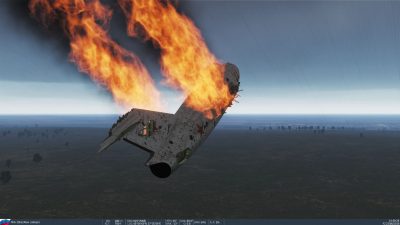

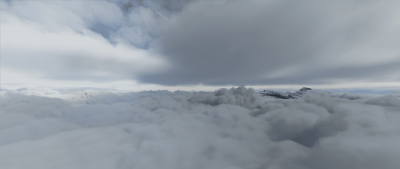
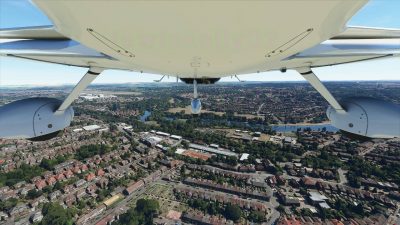
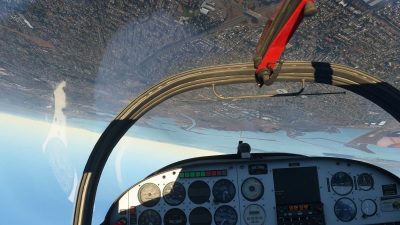
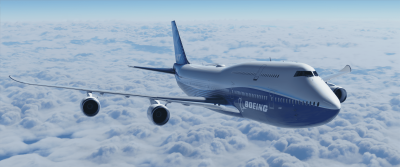
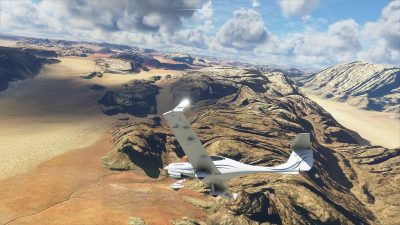
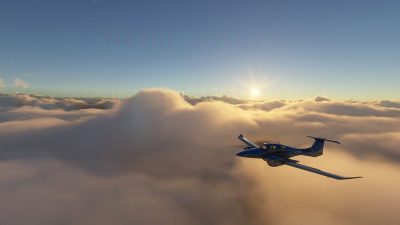
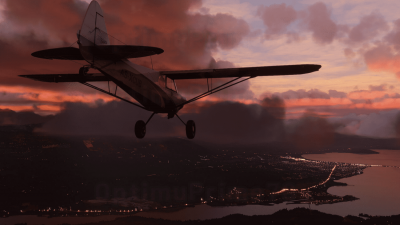
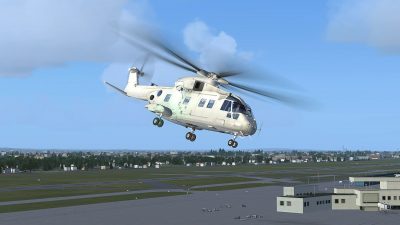

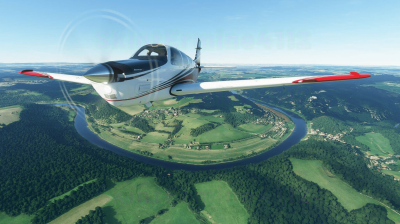
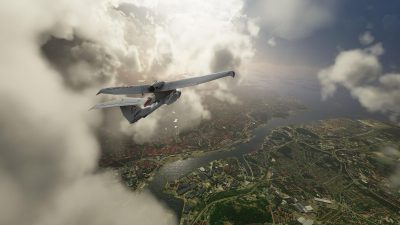
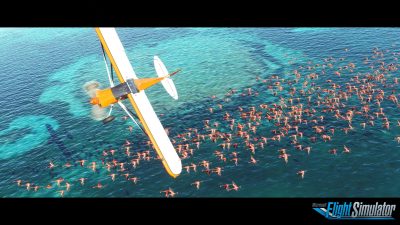
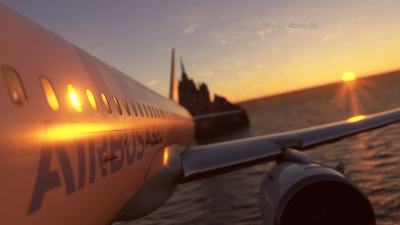
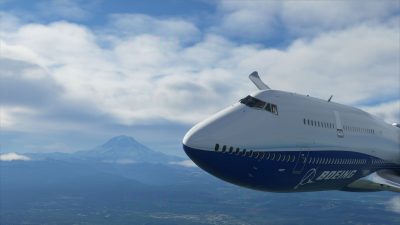
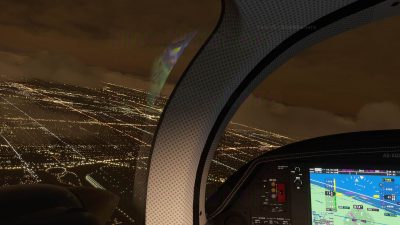
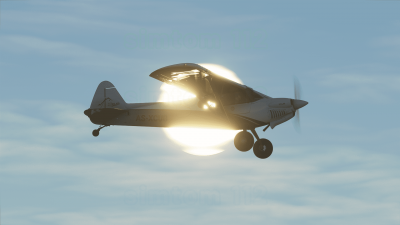
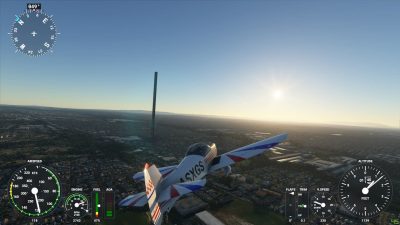
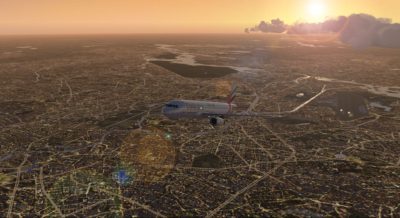




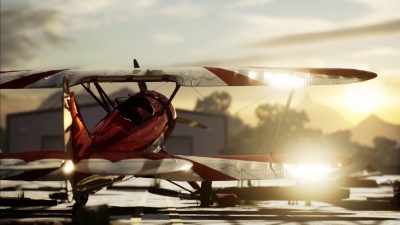
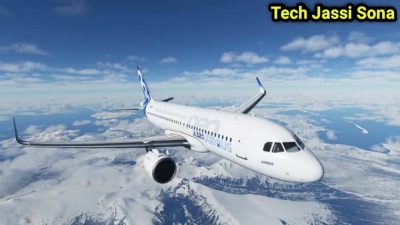


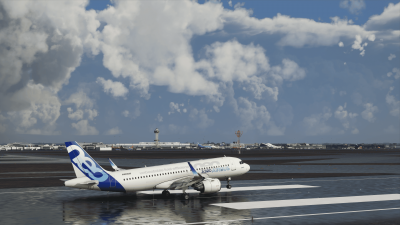

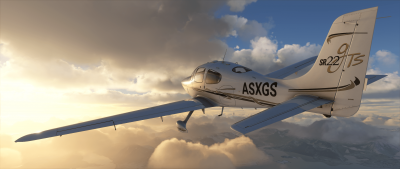
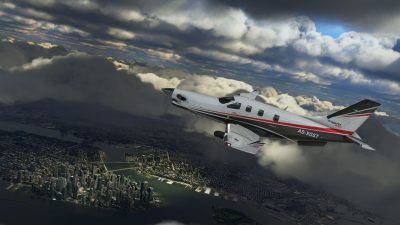
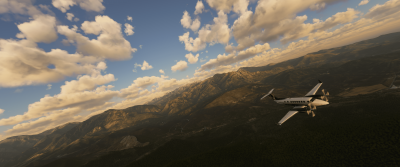

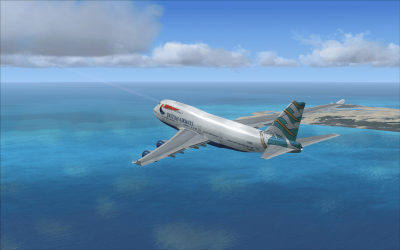
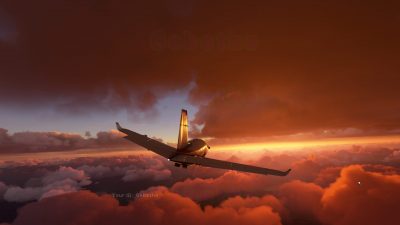
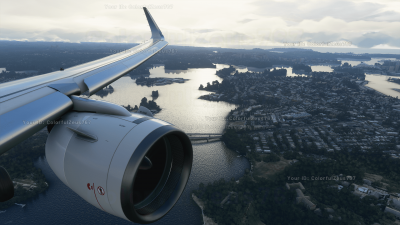
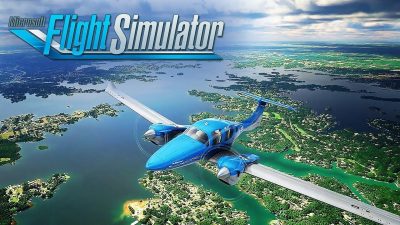
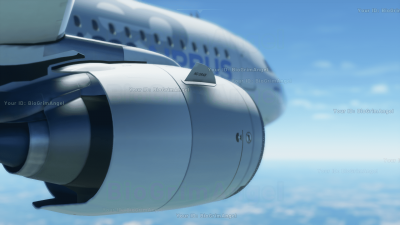


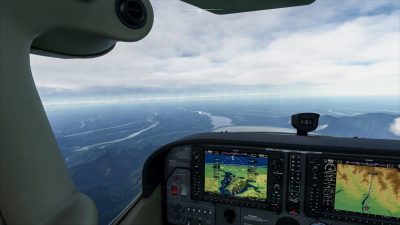
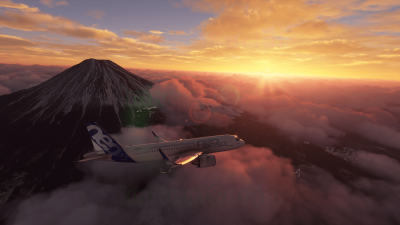
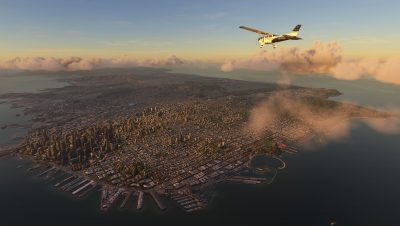

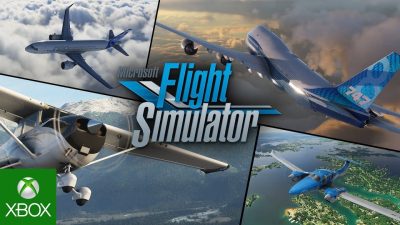

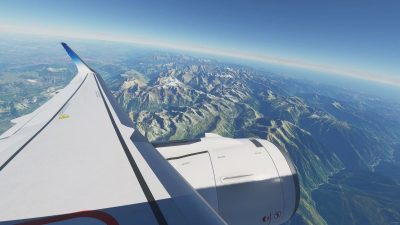
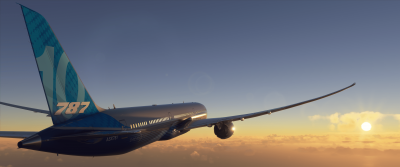
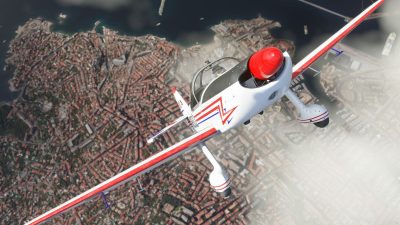
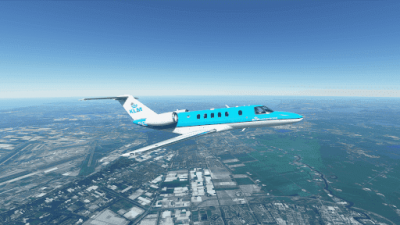

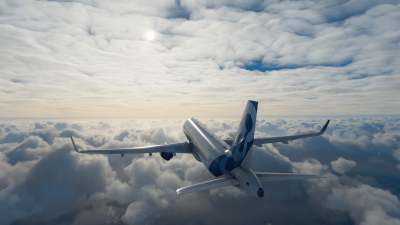
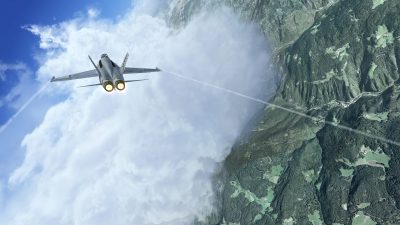
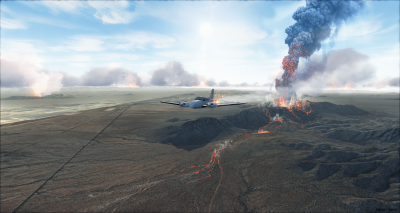
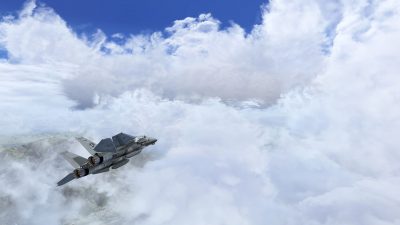
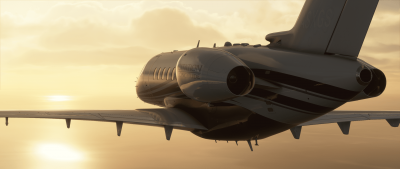
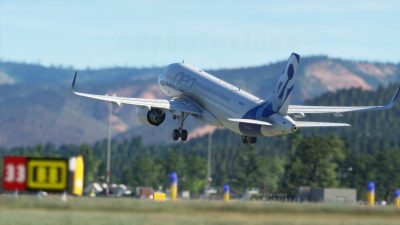
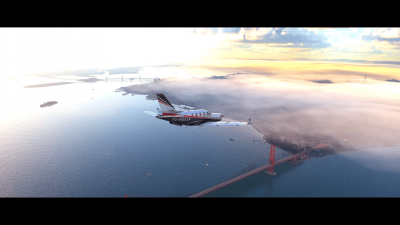
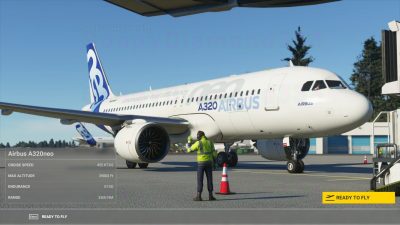
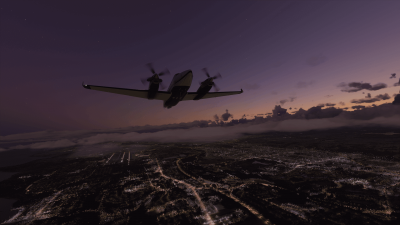
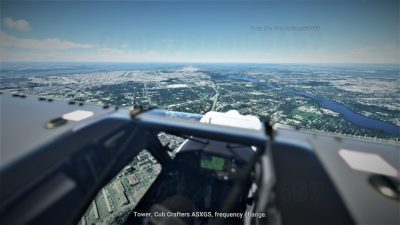
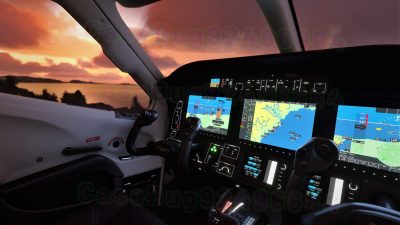
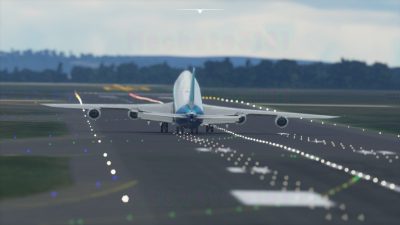

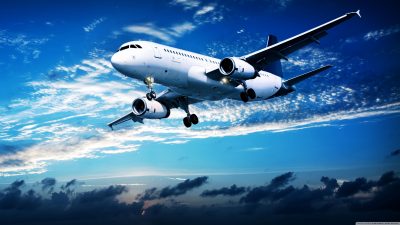


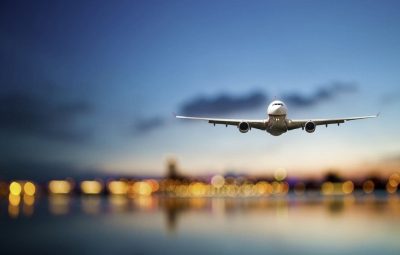
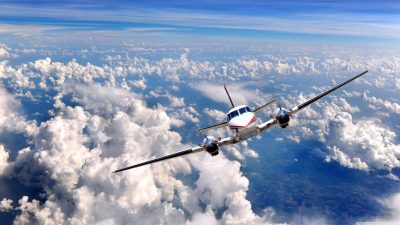

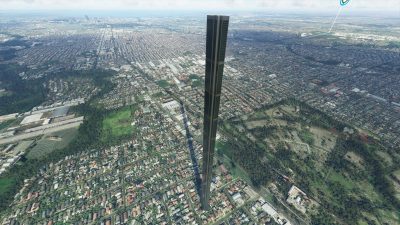
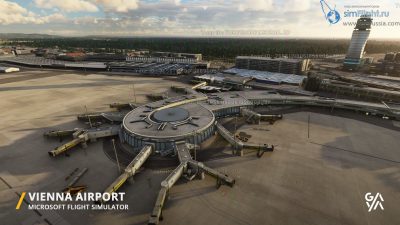
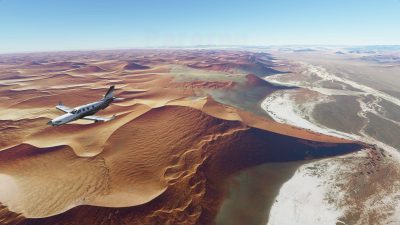

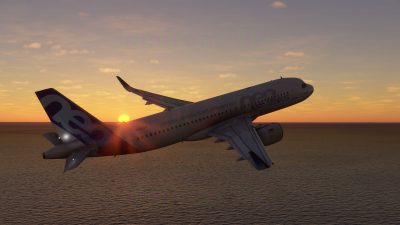
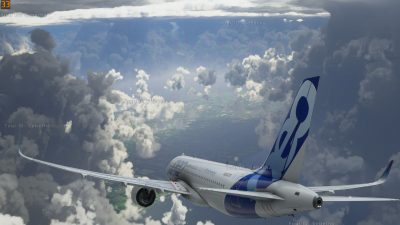
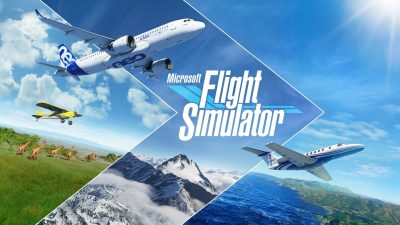



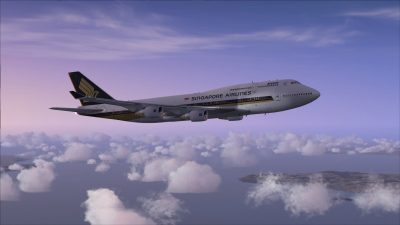

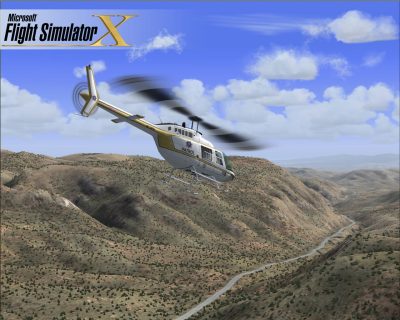
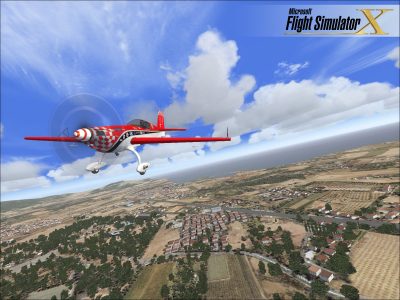
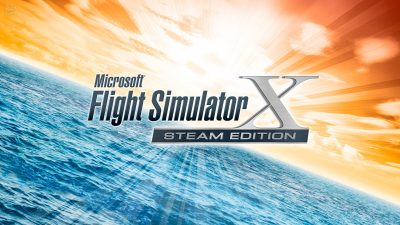
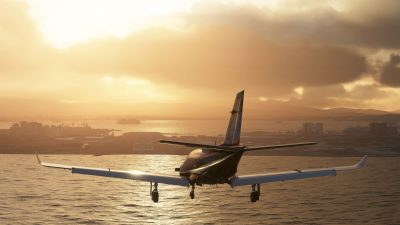
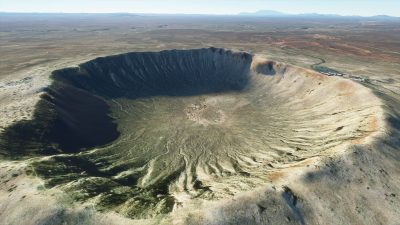


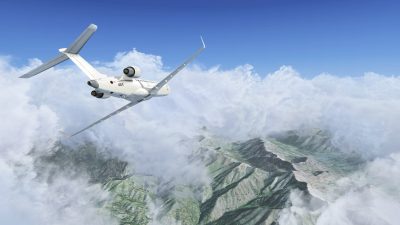
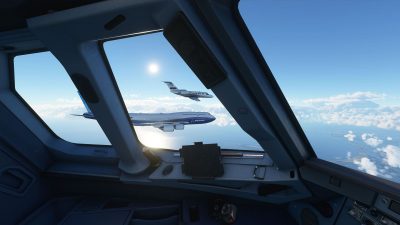


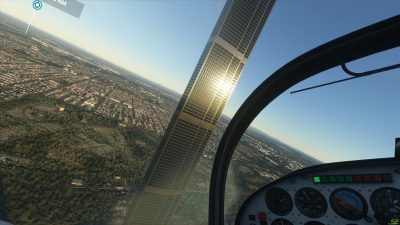


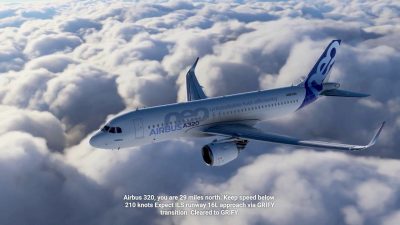
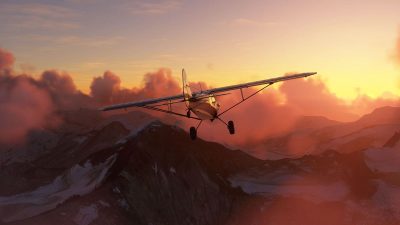

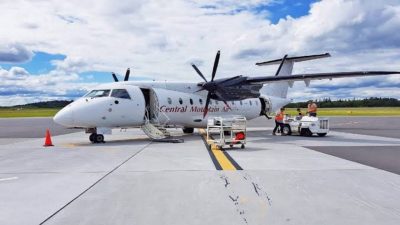
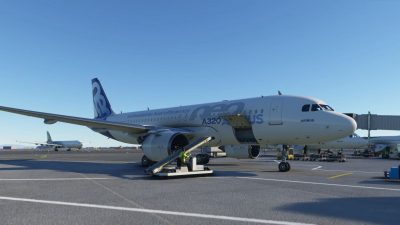
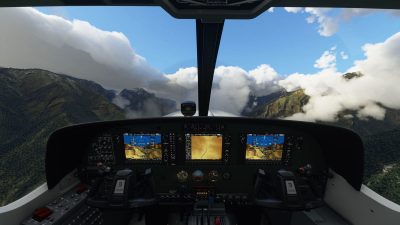

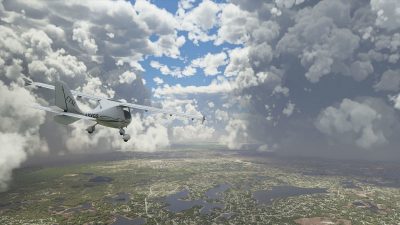
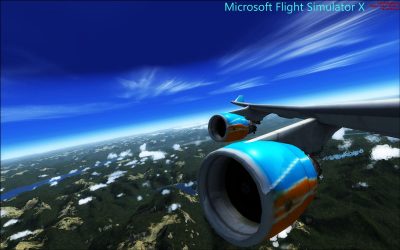




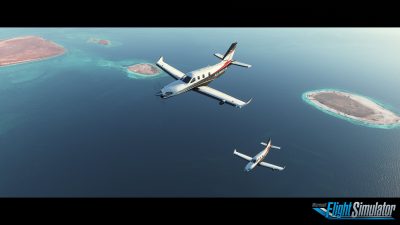
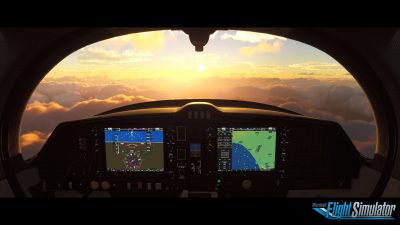
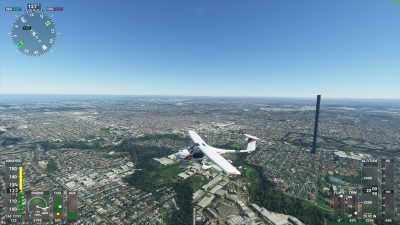
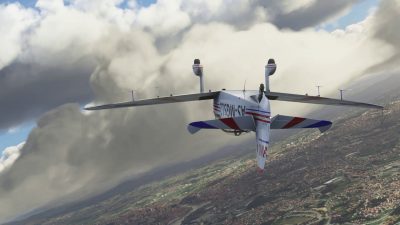
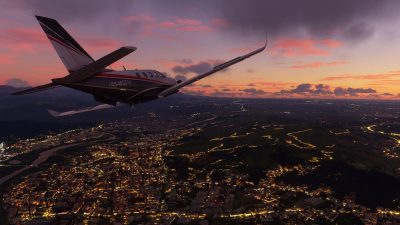

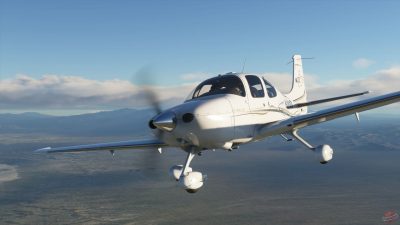

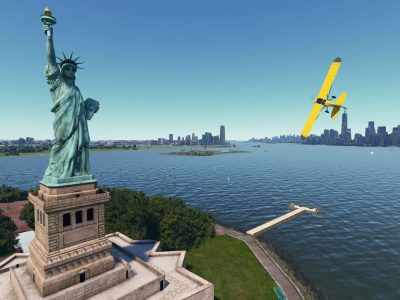
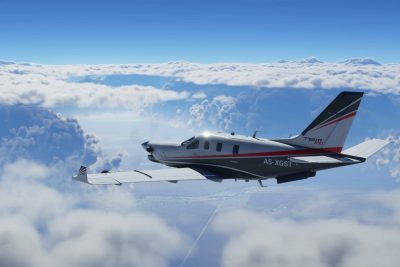
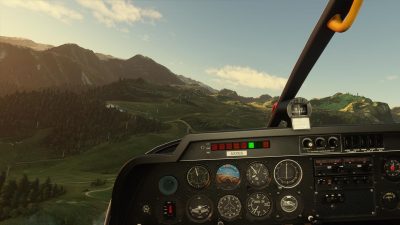

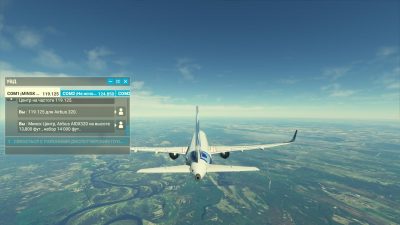
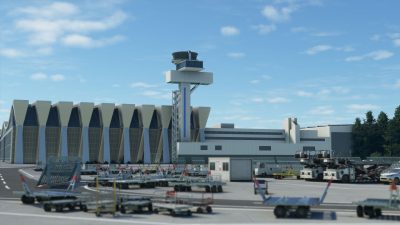
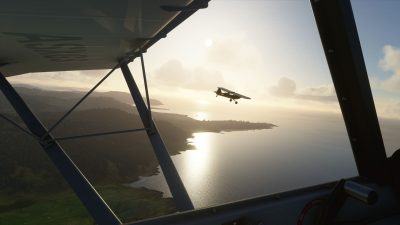
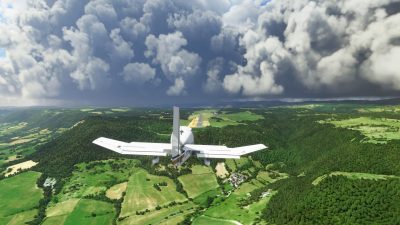
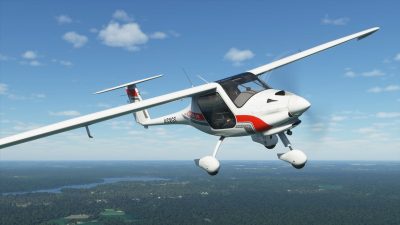
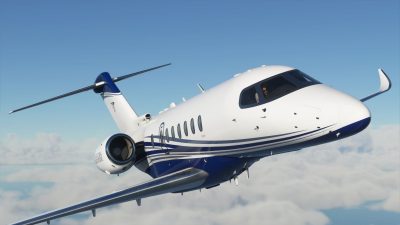
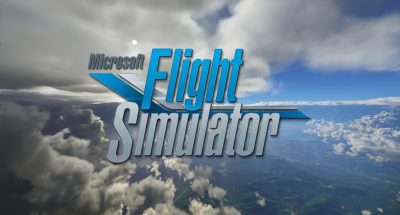

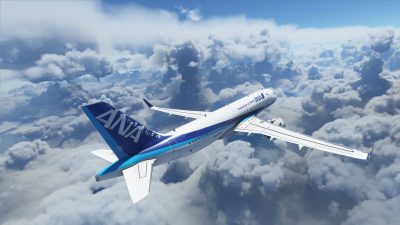
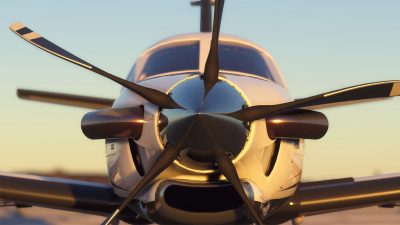
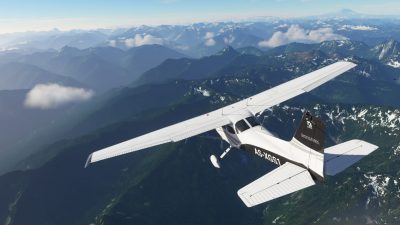

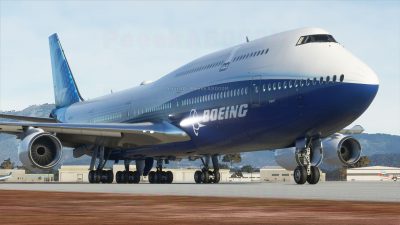
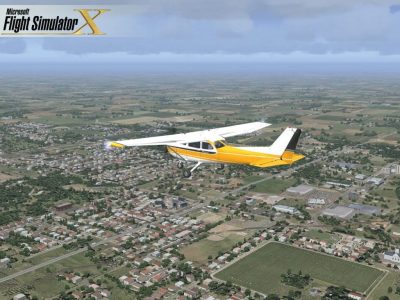
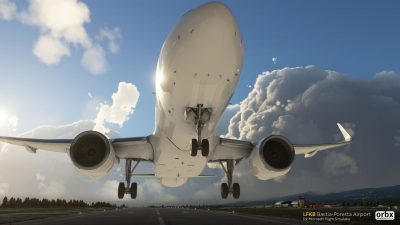
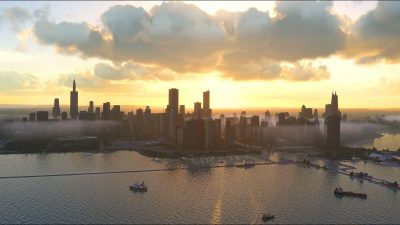
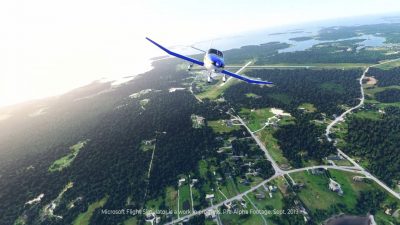
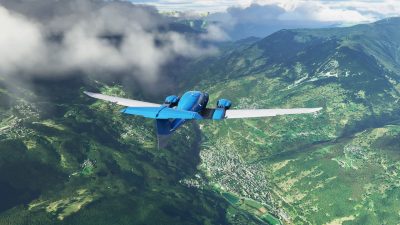
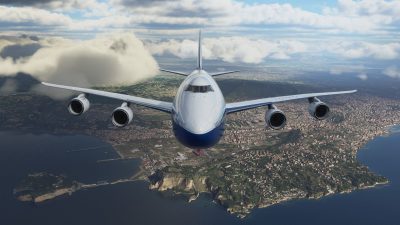
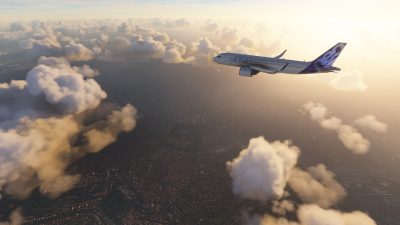
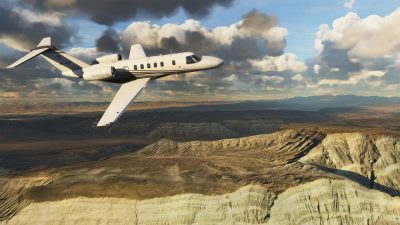
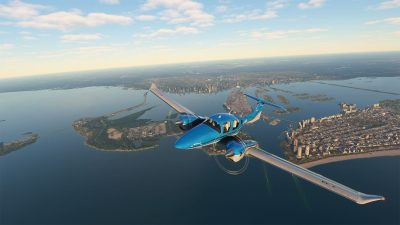

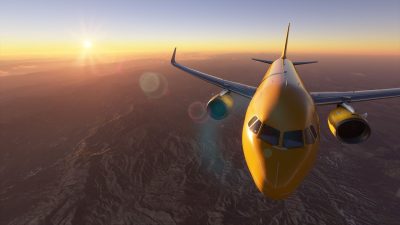

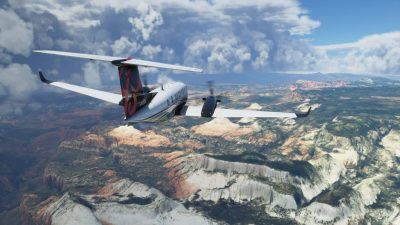

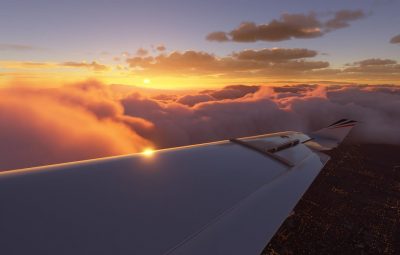



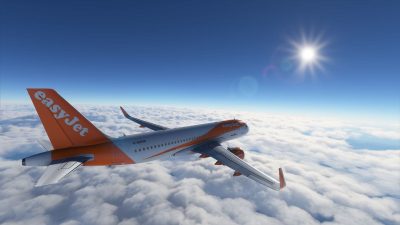

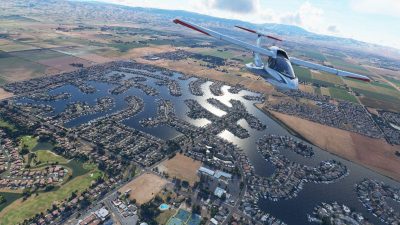
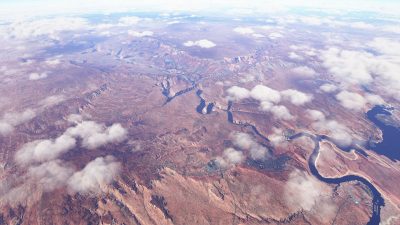
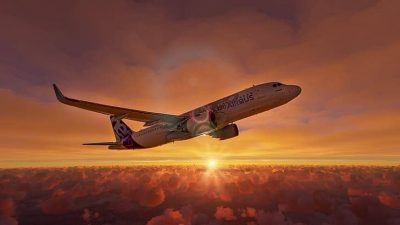


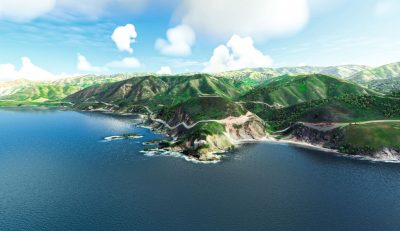
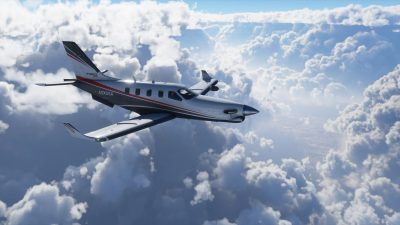
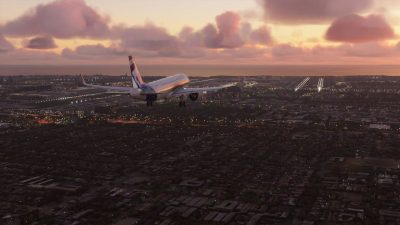
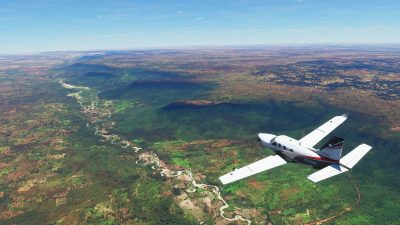
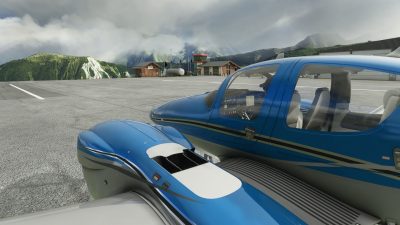

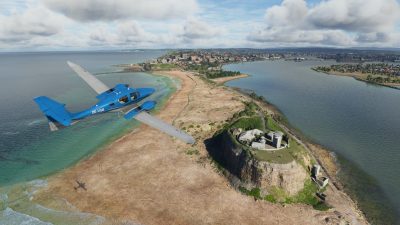
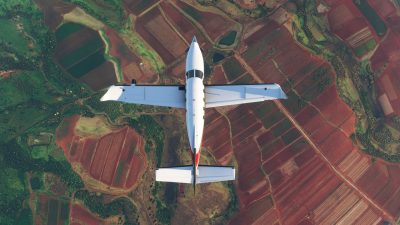
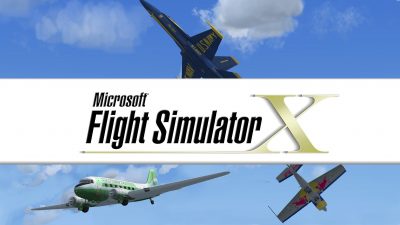
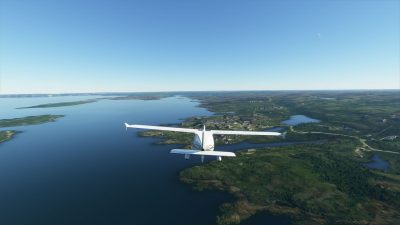

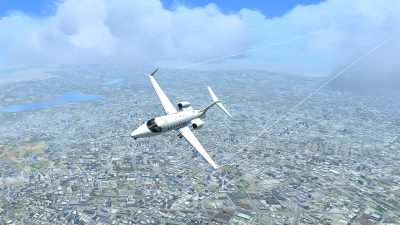

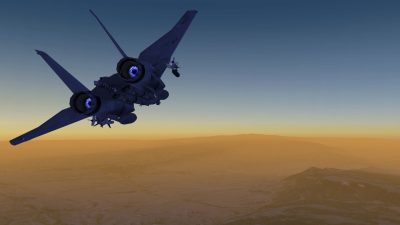
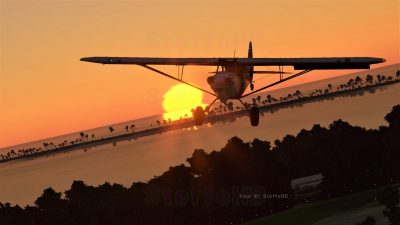
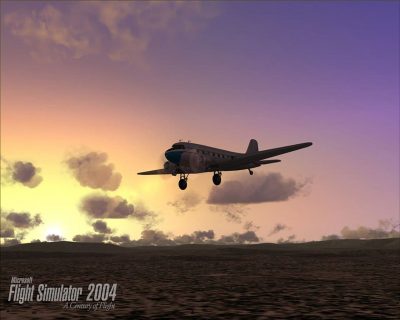
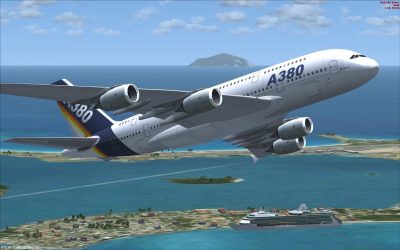
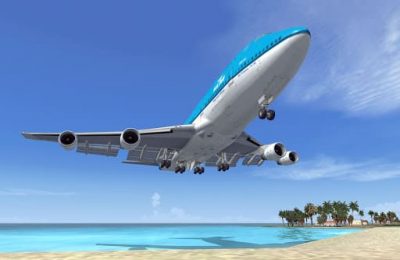
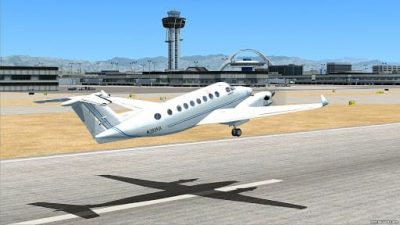
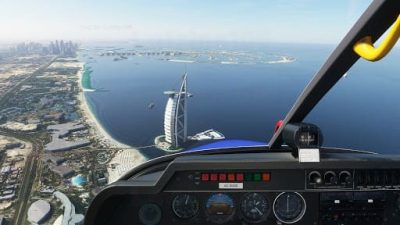




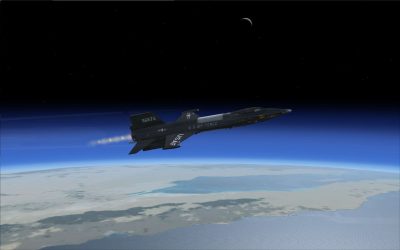
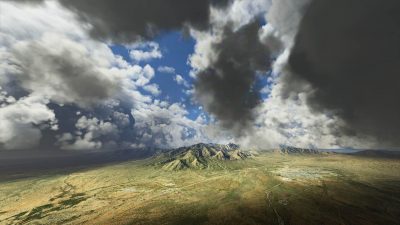
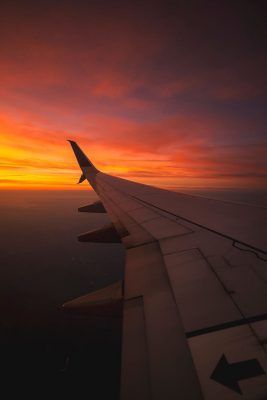
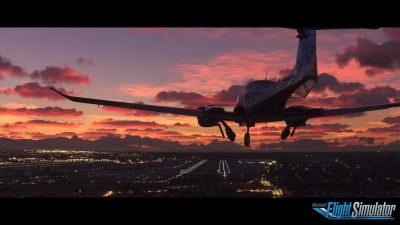
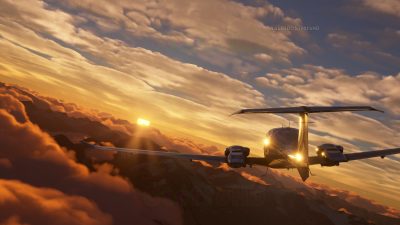
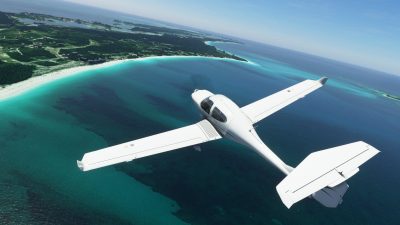
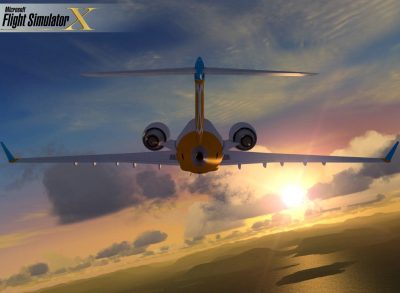
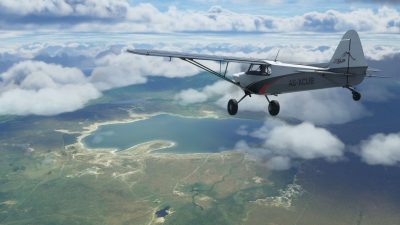
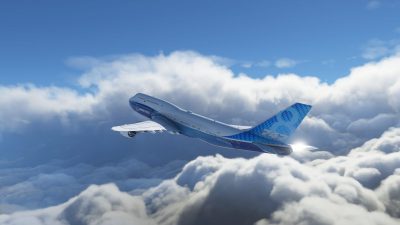

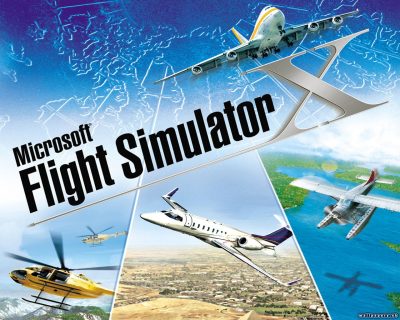
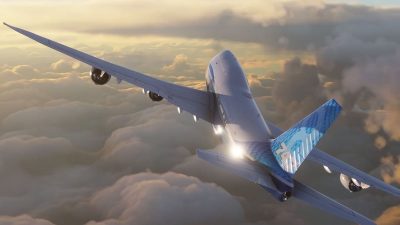

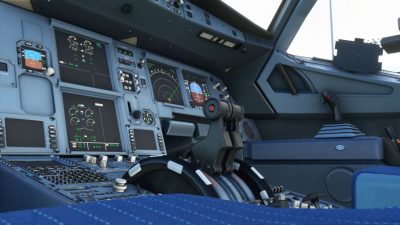
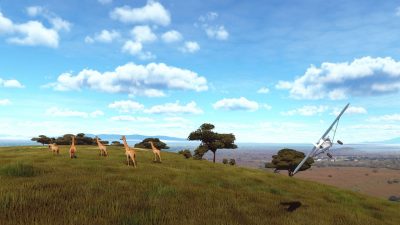
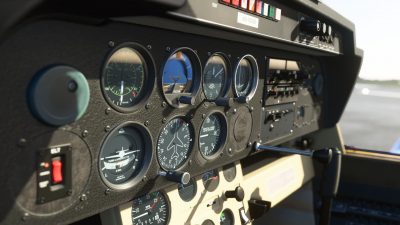
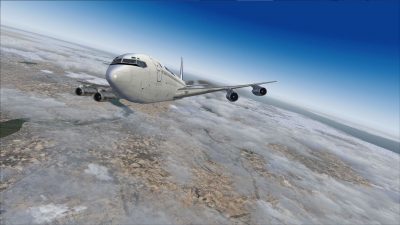

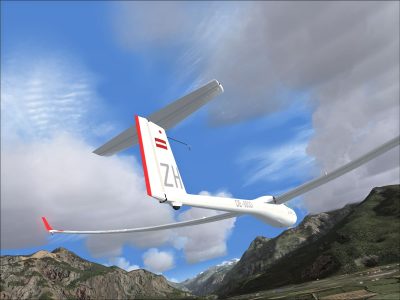
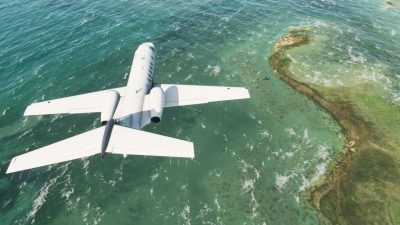
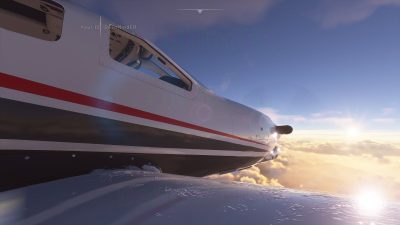
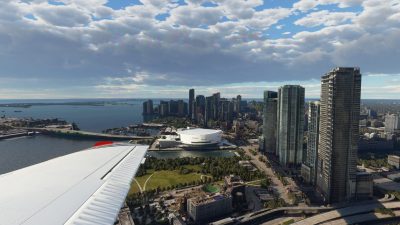

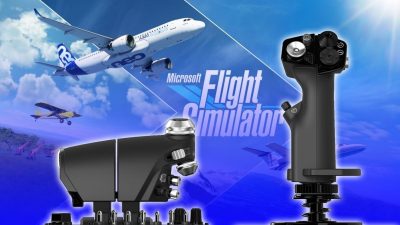






No Comment